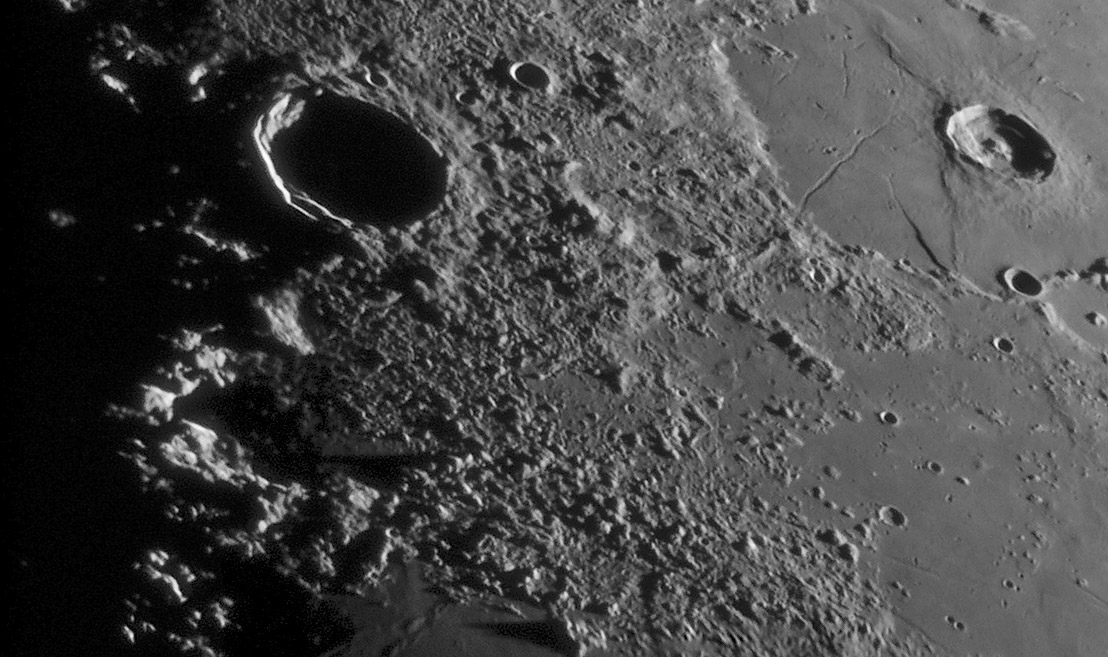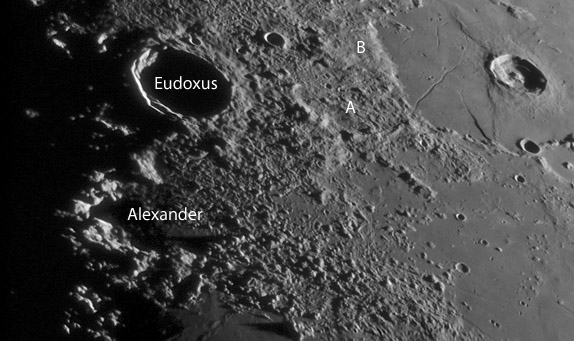Difference between revisions of "March 26, 2010"
| Line 3: | Line 3: | ||
<!-- ws:start:WikiTextHeadingRule:1:<h1> --> | <!-- ws:start:WikiTextHeadingRule:1:<h1> --> | ||
<!-- ws:start:WikiTextLocalImageRule:24:<img src="/file/view/LPOD-Mar26-10.jpg/130473865/LPOD-Mar26-10.jpg" alt="" title="" /> -->[[File:LPOD-Mar26-10.jpg|LPOD-Mar26-10.jpg]]<!-- ws:end:WikiTextLocalImageRule:24 --><br /> | <!-- ws:start:WikiTextLocalImageRule:24:<img src="/file/view/LPOD-Mar26-10.jpg/130473865/LPOD-Mar26-10.jpg" alt="" title="" /> -->[[File:LPOD-Mar26-10.jpg|LPOD-Mar26-10.jpg]]<!-- ws:end:WikiTextLocalImageRule:24 --><br /> | ||
| − | <em>image by [mailto:slamm@blueyonder.co.uk | + | <em>image by [mailto:slamm@blueyonder.co.uk Stefan Lammel]</em><br /> |
<br /> | <br /> | ||
<table class="wiki_table"> | <table class="wiki_table"> | ||
| Line 9: | Line 9: | ||
<td><!-- ws:start:WikiTextLocalImageRule:25:<img src="/file/view/LPOD-Mar26-10b.jpg/130474359/LPOD-Mar26-10b.jpg" alt="" title="" /> -->[[File:LPOD-Mar26-10b.jpg|LPOD-Mar26-10b.jpg]]<!-- ws:end:WikiTextLocalImageRule:25 --><br /> | <td><!-- ws:start:WikiTextLocalImageRule:25:<img src="/file/view/LPOD-Mar26-10b.jpg/130474359/LPOD-Mar26-10b.jpg" alt="" title="" /> -->[[File:LPOD-Mar26-10b.jpg|LPOD-Mar26-10b.jpg]]<!-- ws:end:WikiTextLocalImageRule:25 --><br /> | ||
</td> | </td> | ||
| − | <td>Within Stefan's larger [http://www.pbase.com/slammel/image/123016010/original | + | <td>Within Stefan's larger [http://www.pbase.com/slammel/image/123016010/original mosaic] I've noticed a couple of features of interest other than the standard craters. The crater Alexander is odd because it is [http://www.lpi.usra.edu/resources/lunar_orbiter/images/img/iv_098_h2.jpg elongated] more than nearby Eudoxus, indicating that it is not circular. The west end - in shadow here - is lava flooded and lower than the east end, which is covered with rubbly Imbrium ejecta. Perhaps these two different floors belong to two early craters that lost their shared rim. Another feature with perhaps a similar history is indicated by the curved ridges on both the right and left sides of the letter A.This is probably all that is left of the rim of a large crater about the size of Eudoxus that was filled in and otherwise demolished by Imbrium ejecta. Eudoxus, of course, escaped that fate because it formed after the impact that created the Imbrium basin. Finally, notice the strange triangular patch of material that the letter B is centered on. This has much less texture than the surrounding rubble and almost gives the impression that it covers and coats textured material below it. This is not impact melt, nor is it likely to be pasty ejecta from Imbrium (because there is no other bits nearby). Its position at the edge of Lacus Mortis suggests a relation to that large lava-covered crater, but I don't know what.<br /> |
<br /> | <br /> | ||
| − | <em>[mailto:tychocrater@yahoo.com | + | <em>[mailto:tychocrater@yahoo.com Chuck Wood]</em><br /> |
</td> | </td> | ||
</tr> | </tr> | ||
| Line 23: | Line 23: | ||
<br /> | <br /> | ||
<hr /> | <hr /> | ||
| − | <div>You can support LPOD when you buy any book from Amazon thru [http://www.lpod.org/?page_id=591 | + | <div>You can support LPOD when you buy any book from Amazon thru [http://www.lpod.org/?page_id=591 LPOD!]<br /> |
</div> | </div> | ||
---- | ---- | ||
===COMMENTS?=== | ===COMMENTS?=== | ||
| − | + | Register, and click on the <b>Discussion</b> tab at the top of the page. | |
Revision as of 17:17, 11 January 2015
Tidbits of Strangeness

image by Stefan Lammel
 |
Within Stefan's larger mosaic I've noticed a couple of features of interest other than the standard craters. The crater Alexander is odd because it is elongated more than nearby Eudoxus, indicating that it is not circular. The west end - in shadow here - is lava flooded and lower than the east end, which is covered with rubbly Imbrium ejecta. Perhaps these two different floors belong to two early craters that lost their shared rim. Another feature with perhaps a similar history is indicated by the curved ridges on both the right and left sides of the letter A.This is probably all that is left of the rim of a large crater about the size of Eudoxus that was filled in and otherwise demolished by Imbrium ejecta. Eudoxus, of course, escaped that fate because it formed after the impact that created the Imbrium basin. Finally, notice the strange triangular patch of material that the letter B is centered on. This has much less texture than the surrounding rubble and almost gives the impression that it covers and coats textured material below it. This is not impact melt, nor is it likely to be pasty ejecta from Imbrium (because there is no other bits nearby). Its position at the edge of Lacus Mortis suggests a relation to that large lava-covered crater, but I don't know what. |
Technical Details
21-March-10 18:39UT. 10in f4.8 Newtonian, Infinity 2-1M, 5x PowerMate, green filter, 400/1600, Avistack, Registax, PSE 5, Focus Magic
Related Links
Rükl plate 13
You can support LPOD when you buy any book from Amazon thru LPOD!
COMMENTS?
Register, and click on the Discussion tab at the top of the page.



